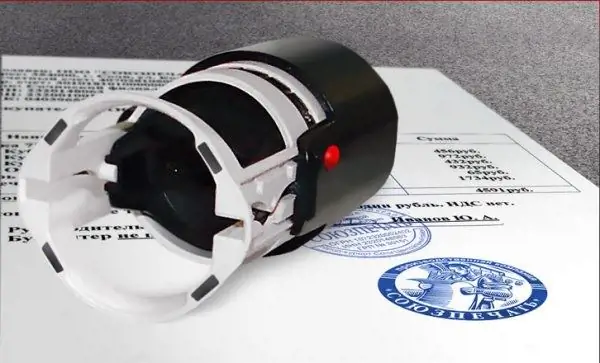The presence of a seal on a document indicates its importance, authenticity and official status. However, in the course of the activity of enterprises, from time to time, questions arise regarding where and what kind of seal should be put.

First of all, the rules for affixing a seal depend on its type and accessory. Thus, the official seal with the image of a two-headed eagle is put on the documents of state institutions. Commercial organizations and individual entrepreneurs certify documents with a standard round stamp containing the name (last name, first name and patronymic), registration data and, if desired, the company logo. documents, conclusion of contracts, execution of payment orders and checks, official letters, powers of attorney, etc., you can make additional ones: for inquiries, financial documents, HR department. At the same time, their purpose should be indicated on the imprint. The main seal certifies the signatures of the first persons - directors and their deputies, and additional ones - the employees of the relevant services (accounting, HR, etc.). The imprint must be affixed in such a way that it partially captures the title of the position of the person who signed the document, and the signature and seal details are clearly visible. The state system of documentation support for management (GSDOU), approved by order of the USSR Glavarchive on May 23, 1988, provides for a list of documents on which the main or official seal is placed. There is no newer edition, but as applied to the present moment it looks like this: - acts; - powers of attorney; - contracts; - conclusions, reviews; - applications (for a letter of credit; on refusal of acceptance, claims, etc.); - travel certificates; - samples of impressions of seals and signatures; - letters; - payment orders, requests, checks, for the transfer of currency, etc.; - regulations on the organization; - registers; - cost estimates; - agreements; - certificates (archival, limit, on the payment of insurance amounts, etc.); - specifications; - title lists; - certificates; - charters of organizations; - staffing tables. In order to exclude possible misunderstandings when using seals, it is advisable for enterprises to determine the list of documents themselves, as well as the list of persons and samples of signatures that require certification stamp. In addition, there are unified forms of documents with the requisite "M. P." - place of printing. In such cases, usually there are no questions about where to put the seal, but a general rule must be observed: the print must be clear and legible.






